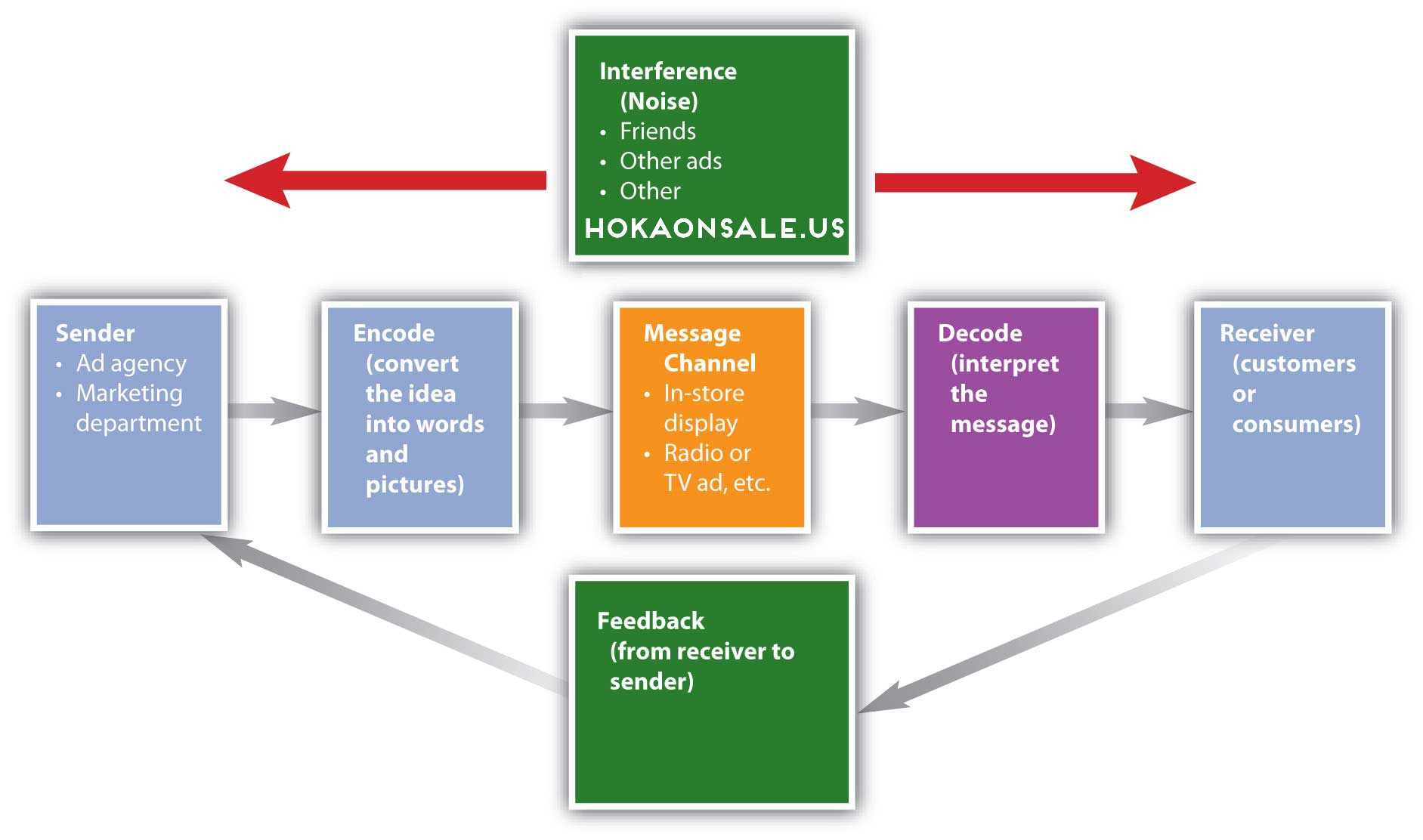
What is Integrated Marketing Communication? Understanding and Examples in Business
Created on 5 July, 2024 • Scale Up Business • 156 views • 3 minutes read
If you run a business that's marketed online, it's crucial to understand Integrated Marketing Communication (IMC). If you're an advertiser aiming to meet sales targets, learning about IMC can help boost your sales.
What is Integrated Marketing Communication? Understanding and Examples in Business
If you run a business that's marketed online, it's crucial to understand Integrated Marketing Communication (IMC). If you're an advertiser aiming to meet sales targets, learning about IMC can help boost your sales.
IMC is closely related to how potential customers perceive your product and how they view it in the long run. To understand Integrated Marketing Communication in depth, we'll explain its definition and provide examples.
Definition
According to Kotler and Armstrong, Integrated Marketing Communication is a concept where a company coordinates various communication channels to send a clear, consistent, and compelling message about the company and its products. In the 1980s, Don Schultz described IMC as a strategy for communicating the same message across all marketing channels.
From these definitions, we can conclude that Integrated Marketing Communication is about creating communication between the brand and customers through various marketing channels. The message delivered on each channel should be consistent, even if the method varies.
For example, if a brand is presented as luxurious on social media, the same impression should be conveyed through other channels like billboards. The promotional images might differ, and the ad text will certainly be different, but the core message remains the same. The goal of IMC is to influence people to remember your product psychologically, desire it, and eventually buy it. Promotion methods can be either soft sell or hard sell.
Soft sell is gentle and subtle, like advertising, sponsorships, and public relations. Hard sell involves direct promotion, such as direct sales and product placements in stores.
Examples of Integrated Marketing Communication in Business
To understand IMC better, here are some types of IMC used in business:
Advertising
Advertising is essentially a subtle form of promotion aimed at showcasing the advantages of a product and its position relative to competitors. In IMC, advertising is part of soft selling, intended to build the brand in the minds of potential customers.
You've probably seen cigarette ads that don't directly relate to the product. These ads aim to convey the impression consumers will have when using the product. For example, cigarette ads often have an adventurous vibe, suggesting that consuming the product will evoke a sense of adventure. That's the message the company wants to send.
Public Relations
Have you ever called a company to inquire about a product and been treated rudely? It leaves a bad impression, right? If so, that company has failed in applying the IMC concept.
Customer service is a part of public relations. They are the window through which potential customers get to know your company or business. Friendly and cheerful public relations can leave a positive impression and encourage customers to return. This is a form of IMC that boosts customer trust in your brand.
Sales Promotion
Another example is sales promotion, which includes discounts and bonuses. Everyone loves discounts; the challenge is managing them in a way that ensures your business remains profitable.
Common tactics include buy-one-get-one-free offers or discounts for purchases over a certain amount. The key is to attract both existing and potential customers.
Events & Experiences
Another common IMC channel is events and experiences. For example, a brand might sponsor a music concert or a youth event. The brand subtly promotes itself by having a popular figure as the product ambassador.
The strategy here is to maximize the event's impact. Ensure you target the event participants as potential users of your product.
Direct Selling
The final example is direct selling. This involves openly selling your product, highlighting its benefits, and persuading people to feel they need it.
Direct selling can be one-on-one or through displaying products in stores like supermarkets. The idea is to directly ask people to buy your product because it's superior and high-quality. This message should be conveyed across all marketing channels in IMC.
Conclusion
Integrated Marketing Communication (IMC) involves using consistent messaging across all marketing channels to build a strong brand image and influence customer behavior. It includes various forms of promotion such as advertising, public relations, sales promotions, events, and direct selling. By understanding and implementing IMC, businesses can effectively communicate their value proposition, enhance customer relationships, and achieve better marketing outcomes.